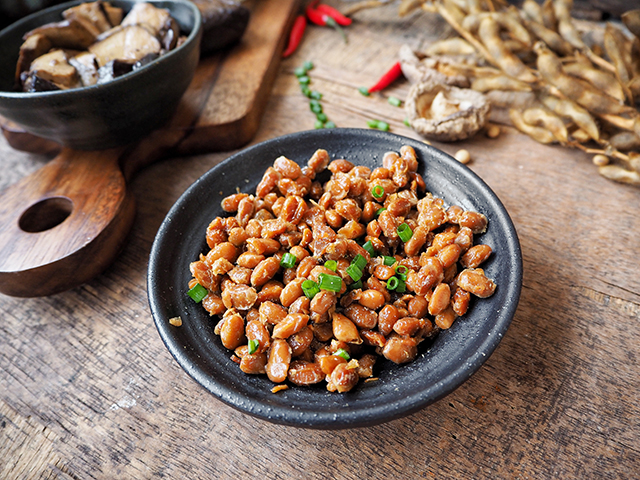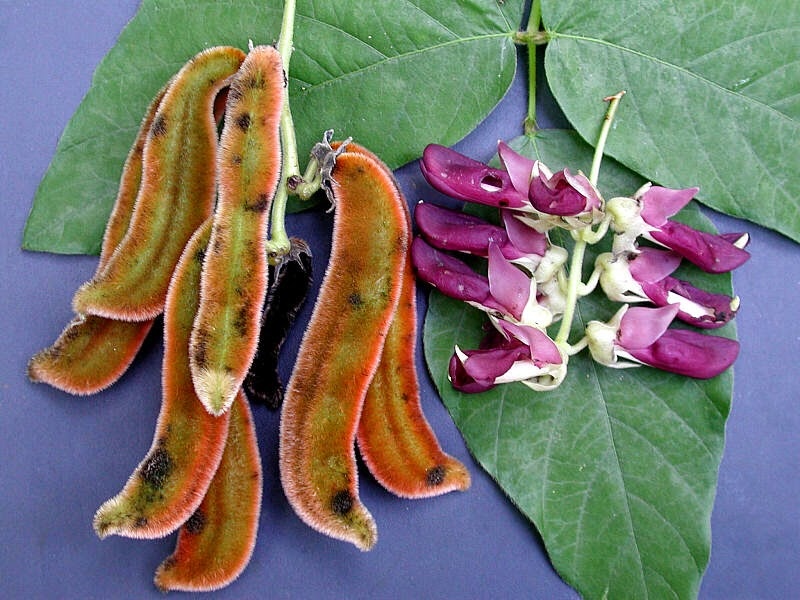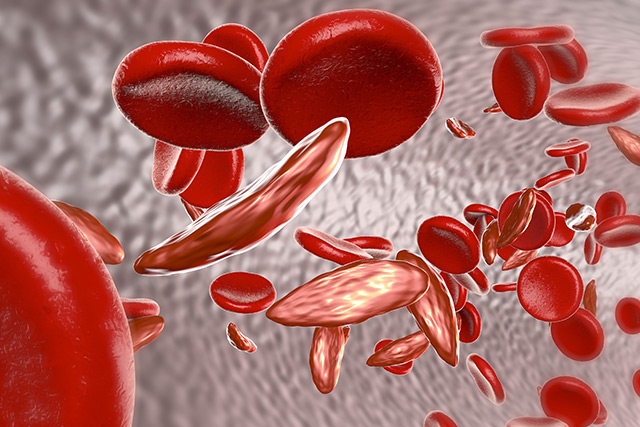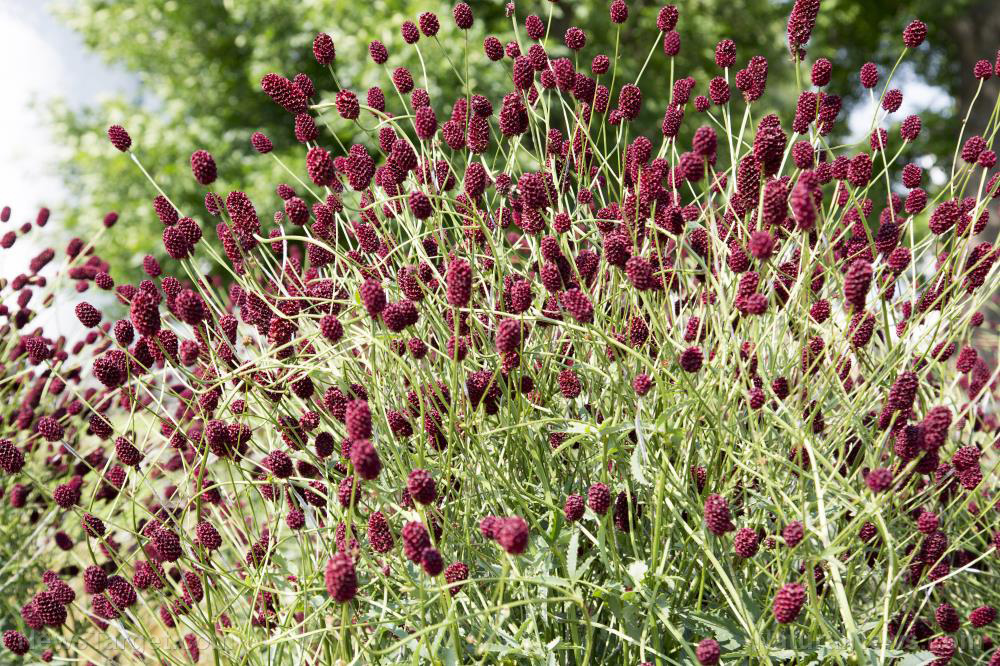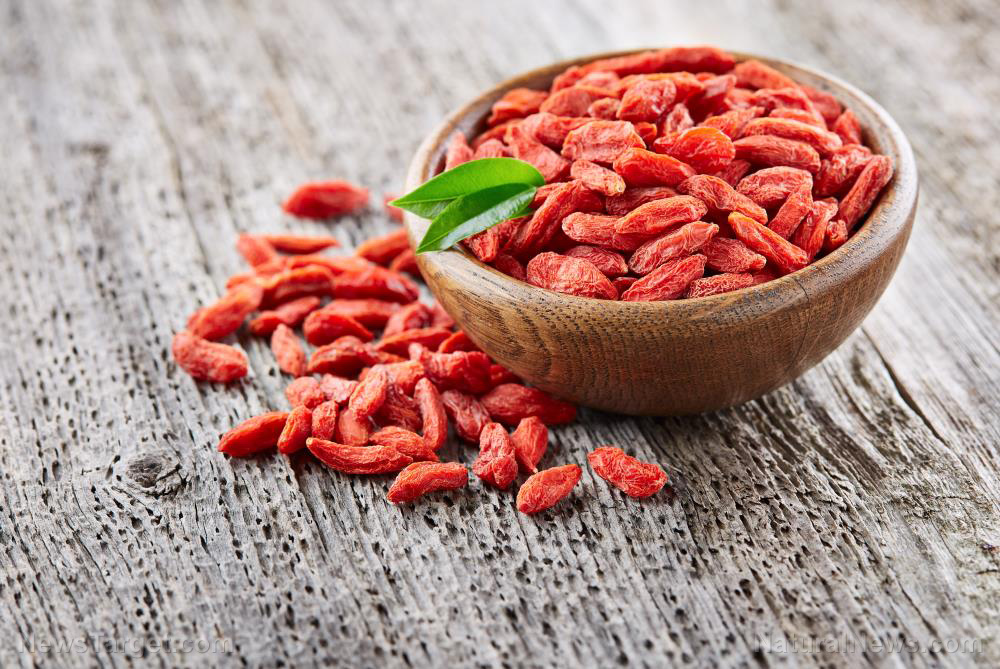Popular Ayurvedic medicine found to effectively reduce sciatic nerve pain
09/10/2018 / By RJ Jhonson
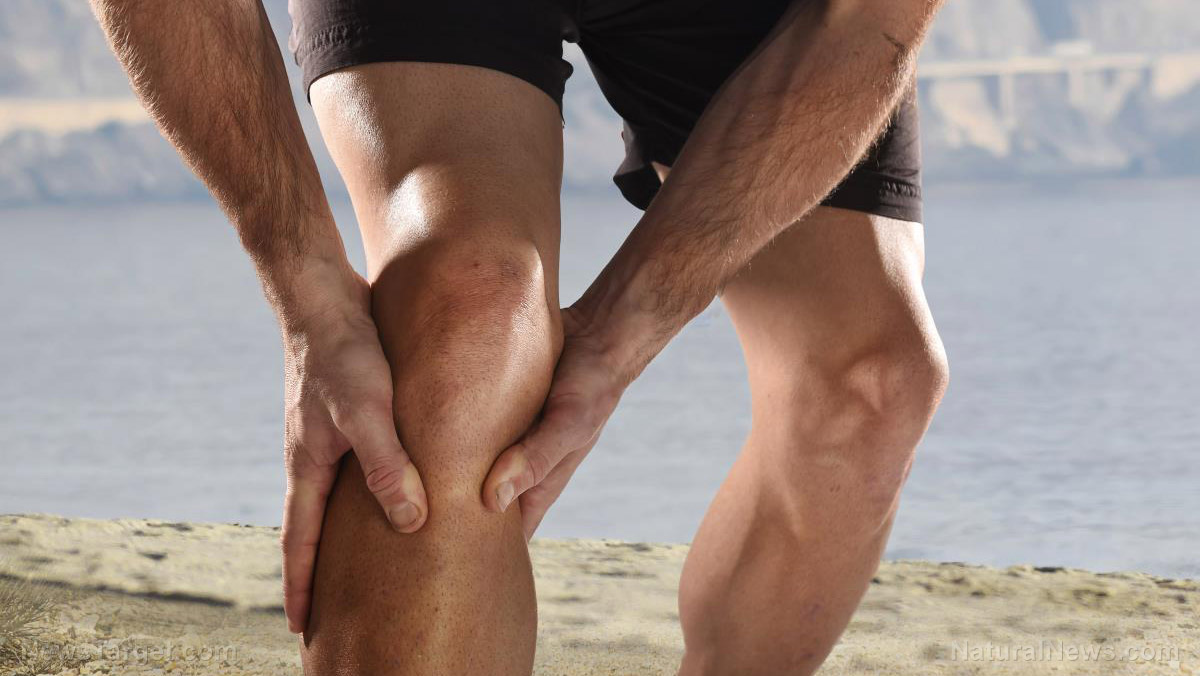
A study published in the journal BMC Complementary and Alternative Medicine looked into the possible benefits of Alstonia scholaris (Linn.) R. Br., locally known as saptaparni, in relieving neuropathic pain induced by chronic constriction injury (CCI).
Pain is a rather straightforward sensation that corresponds to particular stimuli. For instance, having your foot stepped on by someone will most immediately be followed by some degree of pain or discomfort. Under normal circumstances, you can almost always trace pain back to some form of injury or illness.
Neuropathic pain breaks away from this mold in the sense that it isn’t caused by any stimulus or injury. Your brain just randomly sends pain signals, causing burning or shooting pain. This may also be accompanied by a loss of sensation or feeling of numbness.
The condition is chronic, which means that most sufferers experience it for years. While the pain goes away with time in some cases, it only gets worse in many instances.
Many sufferers manage their symptoms through the use of various chemical medications. While these treatments do offer some level of comfort, they come with a number of adverse effects. For instance, antiepileptics, which are among the most commonly administered treatments for particular types of neuropathic pain, are known to cause dizziness, mental slowing, weight gain, skin rashes, glaucoma, liver damage, colitis, and behavioral disorders, among others.
Saptarpani is noted in Ayurvedic medicine as a treatment for disorders like asthma, bronchitis, diarrhea, dysentery, and malaria, while its juice is applied to wounds and ulcers to treat pain. It is also used to alleviate pain in the ears and muscles. The researchers wanted to know if the plant’s pain-relieving properties could be used as a treatment for neuropathic pain caused by chronic constriction injury to the sciatic nerve (CCI).
The power of the elements: Discover Colloidal Silver Mouthwash with quality, natural ingredients like Sangre de Drago sap, black walnut hulls, menthol crystals and more. Zero artificial sweeteners, colors or alcohol. Learn more at the Health Ranger Store and help support this news site.
They gathered fresh leaves of the plant, from which they derived an aqueous extract. They then procured 48 rats which they divided into eight groups, each with six members. Group I did not go through surgery and acted as the normal control. Group II went through sham surgery and was designated as the sham control. Group III was subjected to CCI through surgery that damaged their sciatic nerve.
Group IV was given CCI and was treated with a standard drug. Groups V and VI were treated using chloroform extract (100 and 200 mg/kg), while Groups VII and VIII were treated using a methanol extract. Treatment for Groups IV to VIII lasted until 14 days after the surgery.
The researchers noted that CCI caused the development of heat and mechanical hyperalgesia (heightened sensitivity to pain), as well as cold allodynia (feeling pain from stimuli that are not normally painful, such as a mere touch). Administration of 200 mg/kg of methanol extract attenuated the changes that CCI caused to the animals’ nociceptive thresholds.
Upon closer examination, it was discovered that the methanol extract contained several types of flavonoids, most prominent of which was kaempferol. This flavonoid also acts as an antioxidant and is known for its ability to protect you from chronic diseases and inflammation.
The researchers concluded that the methanol extract of saptarpani could ameliorate neuropathic pain caused by CCI. They attributed this effect to the antioxidant and anti-inflammatory properties of kaempferol.
Natural ways to relieve neuropathic pain
There are many natural approaches you can use to ease neuropathic pain.
- Cayenne pepper – Capsaicin, the ingredient in pepper that makes it spicy, is also a pain reliever. You can add capsaicin to your diet – by eating more pepper, of course – or take supplements to ease your discomfort. You may also look into buying ointments that contain this ingredient.
- Warm bath – This relaxes your muscles and soothes pain in the process. Warm water increases blood flow throughout your body, which helps relieve neuropathic pain and numbness.
- Acupuncture – This traditional Chinese treatment has several studies backing its pain relieving benefits. It may even help uplift your mood and make you feel more positive in the process.
Find more natural ways to ease neuropathic pain at Remedies.news.
Sources include:
Tagged Under: Alstonia scholaris, alternative medicine, Ayurvedic medicine, herbal medicine, kaempferol, natural cures, natural medicine, natural remedies, neuropathic pain, pain relief, Saptaparni



